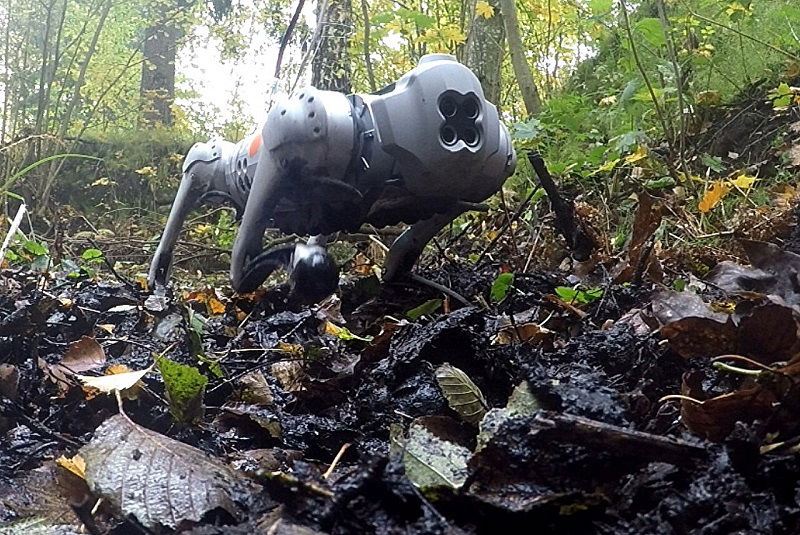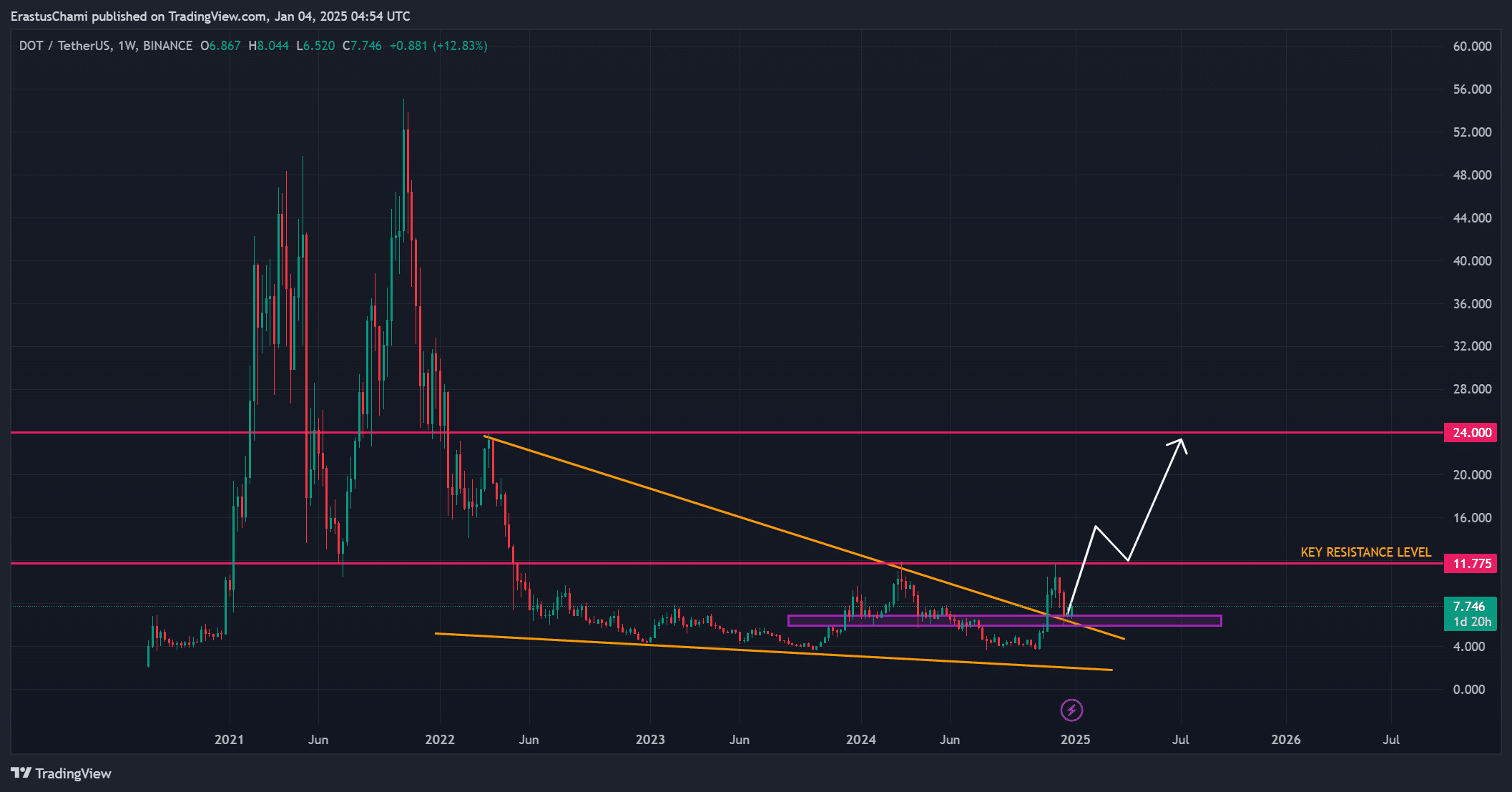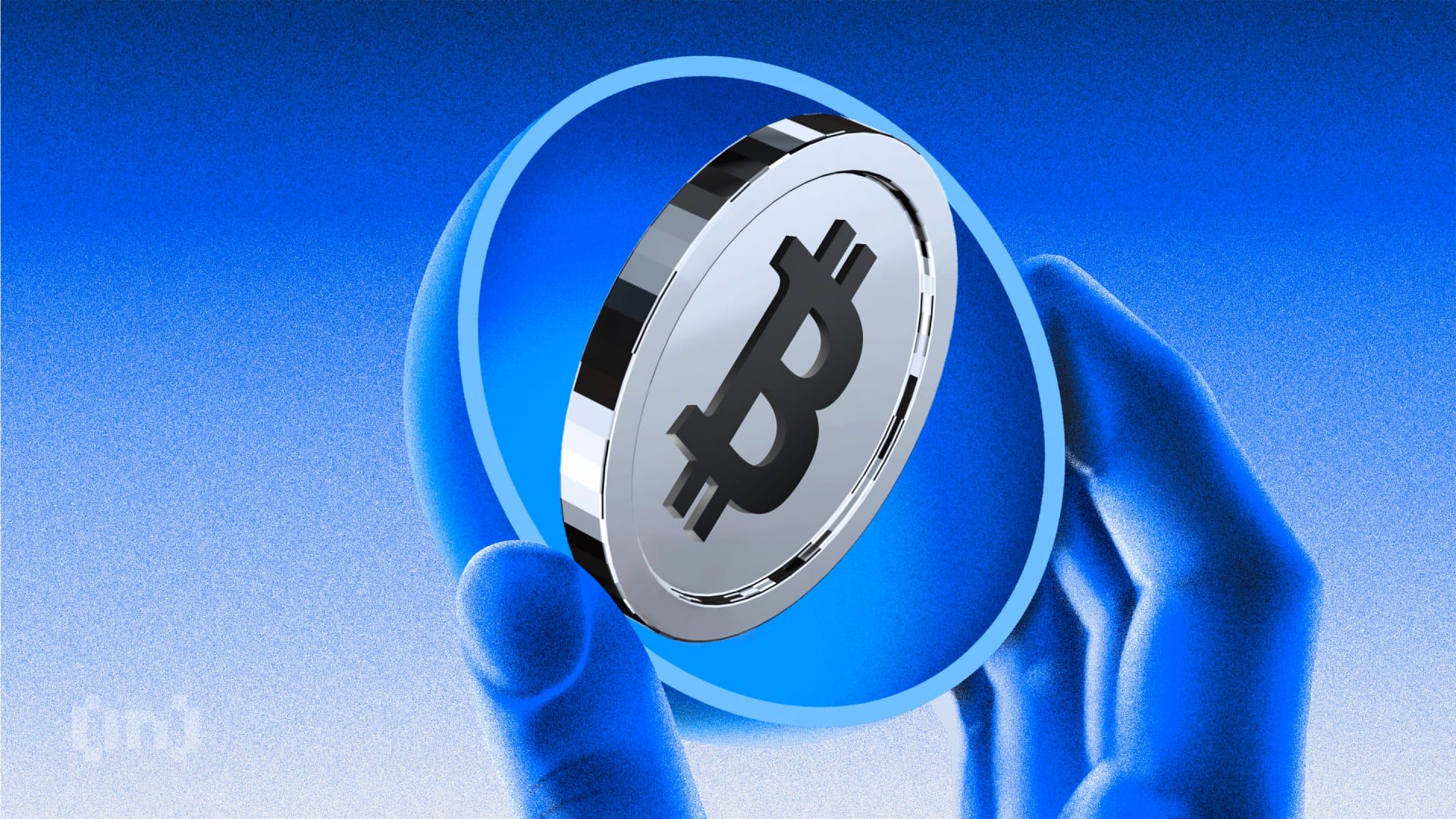Jeff Wiener manages a program that annually brings 1,000 teachers to CERN, the European laboratory for particle physics, training them to teach particle physics in their classrooms back home.
Julia Woithe coordinates lab workshops and online learning activities at CERN Science Gateway, an education and outreach center that welcomes 400,000 visitors each year.
But apparently even the hundreds of thousands of people the two educators already reach aren’t enough. On top of their other programs, Wiener and Woithe recently developed a free online course, aimed at teenagers but available to anyone who wants to learn about particle physics.
In 16 lessons on topics including the Higgs boson and antimatter, students can pick up the basics—all without touching a calculator. “The only formula that we show is E = mc2,” Wiener says.
Woithe and Wiener began developing their course—currently in its pilot version—when the COVID pandemic disrupted visits to the lab.
A primary goal of the program, Woithe explains, is to tackle the “research-practice gap”—the delay between advancements in science and their integration into classrooms. “It always takes a long time for insights from education research studies to translate into real education, reaching teachers and schools,” Woithe says. “With this course, we aimed to bridge that gap.”
While the course is primarily designed for self-paced individual learning, Wiener and Woithe included features tailored for high school physics teachers, such as hands-on demonstrations and 3D-printed experiments to support classroom instruction.
They began by writing down the questions that visiting students frequently ask. They wrote their lesson plans and scripts in April of 2020 and shot the entire course over an intense two-day sprint that November.
The following year was spent editing and making sure the animations wouldn’t mislead students. “There are certain pitfalls that we didn’t want to step in when it comes to how we represent particles,” Wiener says.
Part of Wiener’s research for his PhD in physics involved studying the effects of different representations of physics concepts. Showing particles as tiny balls, for example, can lead to the misconception that the particles have physical forms that a person can interact with, he says.
To avoid that, Woithe and Wiener decided to represent particles with symbols. “If there’s a neutrino flying around, we really show a tiny [Greek letter] nu going around,” Wiener says.
Still, both instructors admit that no visual analogs can ever fully capture such complex theories. “I think that’s the beautiful thing about particle physics education and outreach,” Woithe says. “You will never get it completely right.”
Another challenge the pair faced was trying to avoid confusing terms—both inscrutable jargon and familiar words that mean one thing in everyday life and another thing in the laboratory, what Woithe refers to as scientists’ “slang.”
For example, when discussing how scientists discovered the Higgs boson, scientists might say they “found” the particle. “What does this actually mean?” Woithe asks. “It doesn’t mean we’ve looked somewhere and we found something lying there.”
What it actually means is more complicated than that, she says: “We gathered lots of data, and we performed hypothesis testing, which showed a significance level that is low enough to give us enough confidence to reject the null hypothesis of a universe where a Higgs boson doesn’t exist.”
The trick, Woithe explains with a laugh, is finding a middle ground between the not-quite-accurate but accessible and the overly dense.
The backbone of the course is the “model of educational reconstruction” a popular framework in science education. The model involves breaking down a scientific topic into the most important concepts students need to understand. Importantly, it also involves looking at the student side of the equation, paying attention to individual factors such as their interests, motivations, misconceptions and attention spans.
The course designer asks: “How can my target audience integrate this into their existing knowledge structures and make sense of the content?” Woithe says.
The level of student engagement with the course since its launch, on October 17th, is beyond Wiener’s “wildest expectations,” he says. In less than a month, 1,455 people took the course and 237 received certificates of completion, a “very, very high retention rate” for online courses. “That’s not bragging,” he says. “Our website almost broke at some point because so many students completed the course.”
Wiener attributes this partly to the “CERN halo,” the reputational boost the course gets for its association with the famous institution.
In the coming months, Woithe and Wiener are eager to learn more about how students feel about the content. Along with improving the lessons based on user feedback, they want to provide additional modules, giving students the option to dive deeper into each topic. “This is just the beginning,” Wiener says.
On and off camera, the two educators exude an infectious enthusiasm for teaching science. Physics, Woithe says, is “for everyone.
“We can make it accessible and can, hopefully, make it enjoyable.”








Leave a Comment